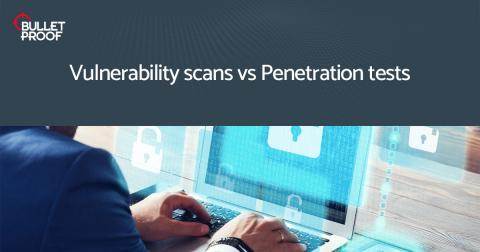Network Penetration Testing
Penetration testing, often called “pen testing” is one of several techniques used to verify cybersecurity posture and provide a level of assurance to the organization that its cyber defenses are functional. It’s a way of testing defenses against an adversary who mimics a cyber-criminal actor.








